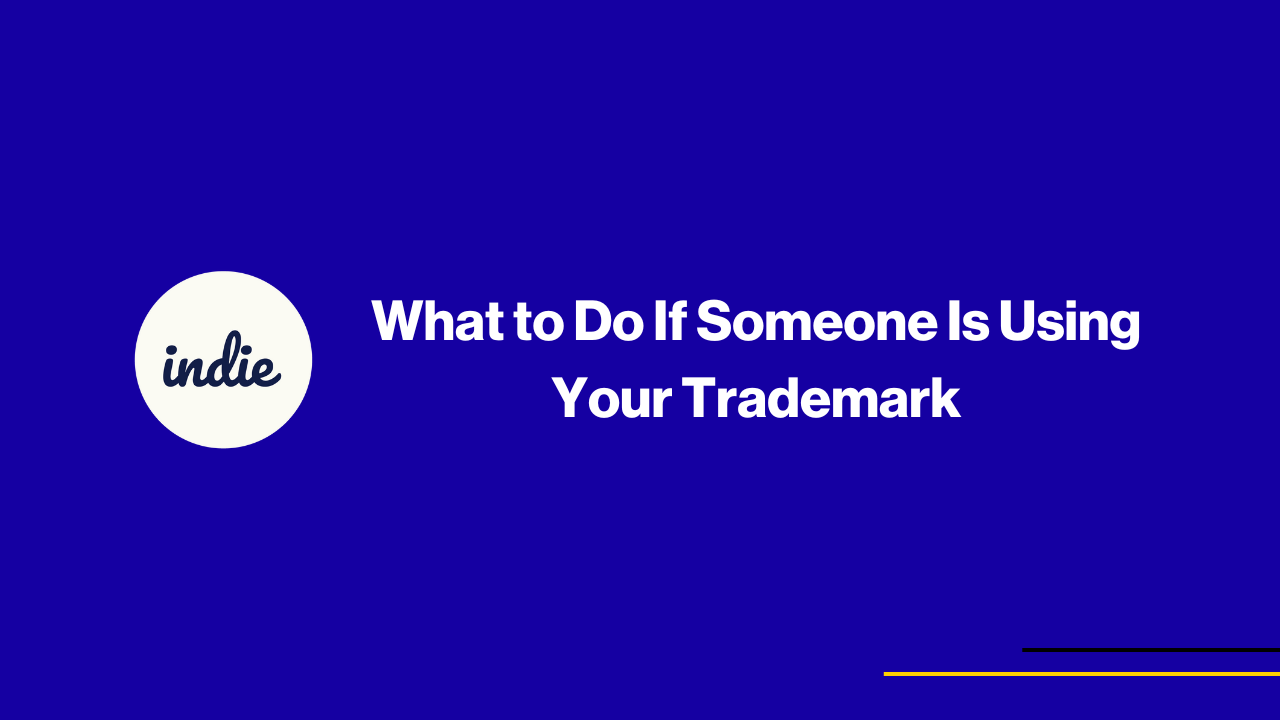Your trademark—whether it’s a logo, phrase, or unique symbol like ™ or ®—is a critical asset for your business. It represents your brand identity, reputation, and the trust you’ve built with your audience. But what happens when someone else starts using your trademark without permission? This unauthorized use can confuse customers, harm your reputation, and lead to financial losses.
This guide will walk you through protecting your trademark, resolving disputes, and preventing future infringement, ensuring your brand remains secure.
What You’ll Learn in This Guide
- Understanding Your Trademark Rights
- Identifying Trademark Infringement
- Collecting Evidence to Support Your Case
- Resolving Infringement with a Cease-and-Desist Letter
- When Legal Action is Necessary
- Using Online Tools to Report Infringement
- Maintaining and Monitoring Your Trademark
- Differences Between Trademarks and Copyrights
- Proactive Steps to Prevent Trademark Issues
Understanding Your Trademark Rights
Before taking action, it’s essential to understand your rights. A trademark provides legal protection for brand identifiers such as names, logos, slogans, and even sounds. Depending on your situation, your trademark may fall into one of two categories:
- ™ (TM Symbol): Indicates ownership of a trademark that hasn’t been registered with the USPTO or another governing body. Offers limited protection.
- ® (Registered Trademark Symbol): Indicates a trademark registered with the USPTO or equivalent authority, granting stronger legal rights.
To verify your trademark’s registration status, use the USPTO trademark database.
Pro Tip: Register your trademark as soon as possible. A registered trademark provides exclusive rights within specific classes, such as clothing, software, or food products.
Identifying Trademark Infringement
Not every use of a similar mark constitutes trademark infringement. To determine if someone is infringing on your rights, consider the likelihood of confusion. Courts assess factors such as:
- Similarity of Marks: Are the designs, words, or phrases visually, phonetically, or conceptually similar?
- Overlap in Goods or Services: Are both marks used for the same or related products?
- Geographic Market: Are both businesses operating in the same area?
- Consumer Confusion: Are customers mistakenly associating the infringer’s product or service with your brand?
For example, if you own the trademark for a clothing line called “EverGreen Style” and someone starts selling a perfume line called “EverGreen Scents,” this may cause confusion because of the similarity and overlap in customer bases; whereas, “EverGreen” for a bakery would not cause confusion.
Collecting Evidence to Support Your Case
Evidence is crucial to proving trademark infringement. Gather detailed documentation, including:
- Screenshots of websites, social media posts, or ads displaying the infringing mark.
- Physical copies of products, packaging, or promotional materials.
- Customer complaints or instances of confusion, such as emails or reviews.
If the infringement occurs online, platforms like Amazon and Facebook often require this type of evidence for claim resolution.
Resolving Infringement with a Cease-and-Desist Letter
A cease-and-desist letter is a formal way to demand the infringing party stop using your trademark. Include the following:
- Proof of your ownership, such as trademark registration details.
- A description of the infringing activity.
- A clear deadline for the infringer to cease use.
This step often resolves disputes without legal action. If the infringer ignores the letter, escalating to litigation may be necessary.
When Legal Action is Necessary
If a cease-and-desist letter doesn’t work, you may need to file a trademark infringement lawsuit. Legal action can help you:
- Stop the Infringement: Through a court-ordered injunction.
- Recover Damages: Compensation for financial losses or harm to your brand.
- Remove Infringing Goods: Seizure of counterfeit or unauthorized products.
Stat Insight: The USPTO handles thousands of trademark disputes annually, reflecting the importance of protecting intellectual property.
Pro Tip: Consult an experienced trademark attorney to guide you through this process and improve your chances of success.
Using Online Tools to Report Infringement
Online platforms offer tools to help trademark owners address violations:
- Amazon Brand Registry: Report counterfeit or infringing products.
- Facebook/Instagram: Use their intellectual property reporting tools.
- Domain Disputes: File a Uniform Domain-Name Dispute-Resolution Policy (UDRP) complaint for infringing domain names.
Registering your trademark on e-commerce platforms proactively can help prevent unauthorized use.
Maintaining and Monitoring Your Trademark
Trademark protection doesn’t end with registration. Actively monitoring its use helps prevent future issues.
- Set up Google Alerts for your brand name or trademarked phrases.
- Renew your trademark on time. In the U.S., trademarks must be renewed between the 5th and 6th years, at the 10th anniversary, and every 10 years thereafter.
Differences Between Trademarks and Copyrights
While both trademarks and copyrights protect intellectual property, they serve different purposes:
- Trademarks: Protect brand identifiers like names, logos, and slogans.
- Copyrights: Protect creative works, such as books, music, and art.
Quick Tip: You can trademark a phrase or logo by registering with the USPTO. Registration grants legal protection to prevent unauthorized use.
Proactive Steps to Prevent Trademark Issues
Being proactive can help safeguard your trademark from future disputes. Steps include:
- Consistently using the ™ or ® symbol in your branding.
- Registering trademarks in all jurisdictions where you operate.
- Educating your team about intellectual property laws to avoid accidental misuse of trademarks.
Conclusion
If someone is using your trademark, taking swift action is crucial to protecting your brand. By understanding your rights, collecting evidence, and consulting legal professionals, you can prevent unauthorized use and protect your business’s reputation.
Trademarks are more than just logos or words—they embody the essence of your brand. Safeguard them diligently to ensure your success for years to come.

